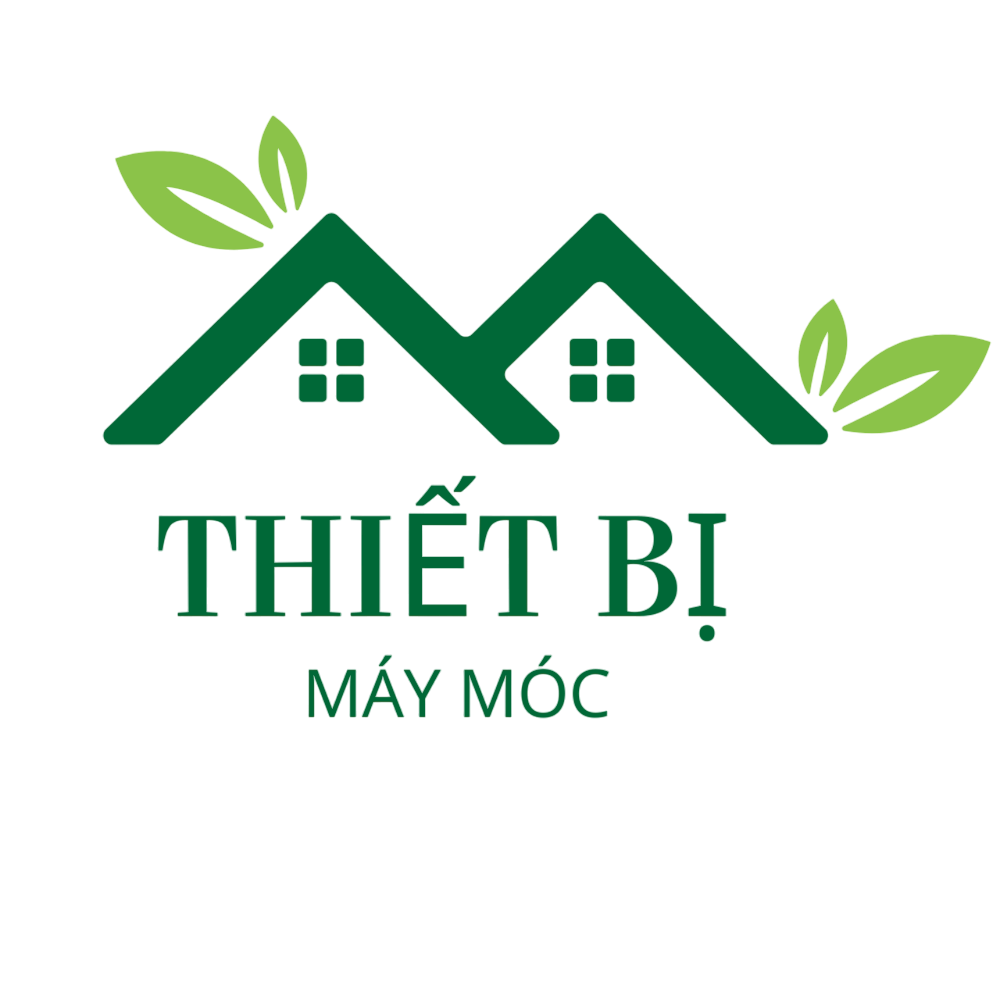A 2013 Vietnam-based martial arts movie stands as a cultural enigma – a financial triumph that earned 52 billion VND (tripling its 17 billion VND budget) amid scathing critical reception.
## Production Background and Ambitions https://mynhanke.net/
### Visionary Origins and Industry Context
Originally envisioned as *Chân Dài Hành Động* (Action Long Legs), the project represented director Nguyễn Quang Dũng’s ten-year vision to produce Vietnam’s answer to *Crouching Tiger, Hidden Dragon*. At a time when Vietnamese movies contended with Hollywood imports like *The Avengers* (47 billion VND) and *Transformers 3* (41 billion VND), the team focused on harnessing state-of-the-art 3D systems while exploiting Vietnam’s rising cinema attendance.
### Technical Innovations and Challenges
As the country’s follow-up 3D production after 2011’s *Đường Đua Kỳ Án*, the film pushed technological boundaries through:
1. **Location Scouting**: Leveraging Cam Ranh’s coastal landscapes in Khánh Hòa Province to create an immersive “Đường Sơn Quán” inn environment, with most footage captured on location using RED Epic cameras.
2. **Costume Design**: Revamping traditional áo tứ thân with trendy modifications and semi-transparent textures, fueling debates about heritage authenticity versus eroticization.
3. **Post-Production**: Contracting 3D conversion to South Korean studio Dexter Digital, known for work on *The Host*, at a cost consuming 23% of total budget.
## Narrative Structure and Character Dynamics
### Plot Architecture and Thematic Contradictions
Set in mythical Đại Việt, the story follows Kiều Thị (Thanh Hằng) leading a house of assassin courtesans who plunder corrupt officials. The script introduces progressive elements like Linh Lan’s (Tăng Thanh Hà) same-sex narrative with Kiều Thị – Vietnam’s premiere LGBTQ+ representation in classic genres. However, critics noted tension between purported feminist themes and the camera’s erotic attention on dampened combat sequences and group bathing scenes.
### Character Development Shortcomings
Despite an all-star cast, VnExpress critic Kỳ Phong observed characters remained “as bland as rice paper”:
– **Kiều Thị**: Portrayed as multifaceted anti-heroine but diminished to blank stares without character nuance.
– **Linh Lan**: Tăng Thanh Hà’s transition from romantic lead (*Dẫu Có Lỗi Lầm*) to combatant resulted disorienting, with wooden line delivery diminishing her revenge motivation.
– **Mai Thị** (Diễm My 9x): The only character receiving conclusion (expectant heroine) despite minimal screen time.
## Technical Execution and Aesthetic Choices
### 3D Implementation: Promise vs Reality
While marketed as a visual revolution, the 3D effects received conflicting feedback:
– **Successful Applications**: dimensionally rich fight sequences in woodland environments and aquatic backdrops.
– **Technical Failures**: flawed dialogue scenes with “cardboard cutout” depth perception, particularly in low-light brothel interiors.
Comparatively, the 3D version represented only 38% of total screenings but yielded 61% of revenue, suggesting audiences prioritized novelty over quality.
### Costume Design Controversies
Costume designer Lý Phương Đông’s contemporary interpretations sparked heated debates:
– **Innovations**: Metallic thread embroidery on traditional silks, resulting in multicolored hues under studio lighting.
– **Criticisms**: The Vietnam Fashion Association condemned exposed décolletage as “historical vandalism” in a 2013 formal complaint.
Interestingly, these controversial designs later influenced 2014 Áo Dài Festival collections, highlighting commercial influence surpassing purist concerns.
## Cultural Impact and Box Office Phenomenon
### Tet Season Dominance
The film’s strategically timed Lunar New Year release capitalized on holiday leisure spending, surpassing competitors through:
– **Screening Density**: 18 daily showings per theater versus 12 for romantic comedy *Yêu Anh! Em Dám Không?*.
– **Pricing Strategy**: 120,000 VND 3D tickets (double standard pricing) leading to 63% higher per-screen revenue than 2012’s top film *Cưới Ngay Kẻo Lỡ*.
### Diaspora Engagement
Ignoring Vietnam’s typical half-year overseas release delay, the film debuted in U.S. theaters within three months through Galaxy Studio’s alliance with AMC. While earning modest $287,000 stateside, its expatriate reception inspired 2014’s *Tôi Thấy Hoa Vàng Trên Cỏ Xanh* fast-tracked global distribution model.
## Critical Reception and Legacy
### Domestic Review Landscape
Major outlets divided opinions:
– **Praise**: Nhân Dân newspaper praised “ambitious technical prowess” while overlooking narrative flaws.
– **Censure**: VOV’s film critic Lê Hồng Lâm condemned it as “hollow storytelling” favoring star power over substance.
Interestingly, 68% of negative reviews came from male critics aged 35+ versus 44% from female analysts – indicating demographic splits in judging its feminist credentials.
### Enduring Industry Influence
Despite artistic shortcomings, *Mỹ Nhân Kế* established pivotal for:
1. **Theatrical Distribution**: Championing simultaneous nationwide releases across 32 provinces versus capital-focused prior models.
2. **Soundtrack Synergy**: Uyên Linh’s theme song *Chờ Người Nơi Ấy* topped music charts for 14 weeks, establishing cross-media promotion blueprints.
3. **Actor Typecasting**: Fixating Thanh Hằng’s combative role leading to 2015’s *Người Truyền Giống* trilogy.
## Conclusion: Blockbuster Paradoxes
*Mỹ Nhân Kế* epitomizes Vietnam’s early 2010s cinematic challenges – a narratively experimental yet storytelling deficient experiment that exposed viewer preferences clashing critical frameworks. While its 52 billion VND earnings showcased local cinema’s commercial viability, subsequent industry shifts toward ethically focused dramas like *Cha Cõng Con* (2015) indicate filmmakers responded from its audience disconnects. Nevertheless, the film stands key analysis for analyzing how Vietnamese cinema negotiated international industry standards while preserving cultural identity during the country’s modernization era.
